1,000 Days of Ruto: Achievements, Setbacks, and Rising Discontent
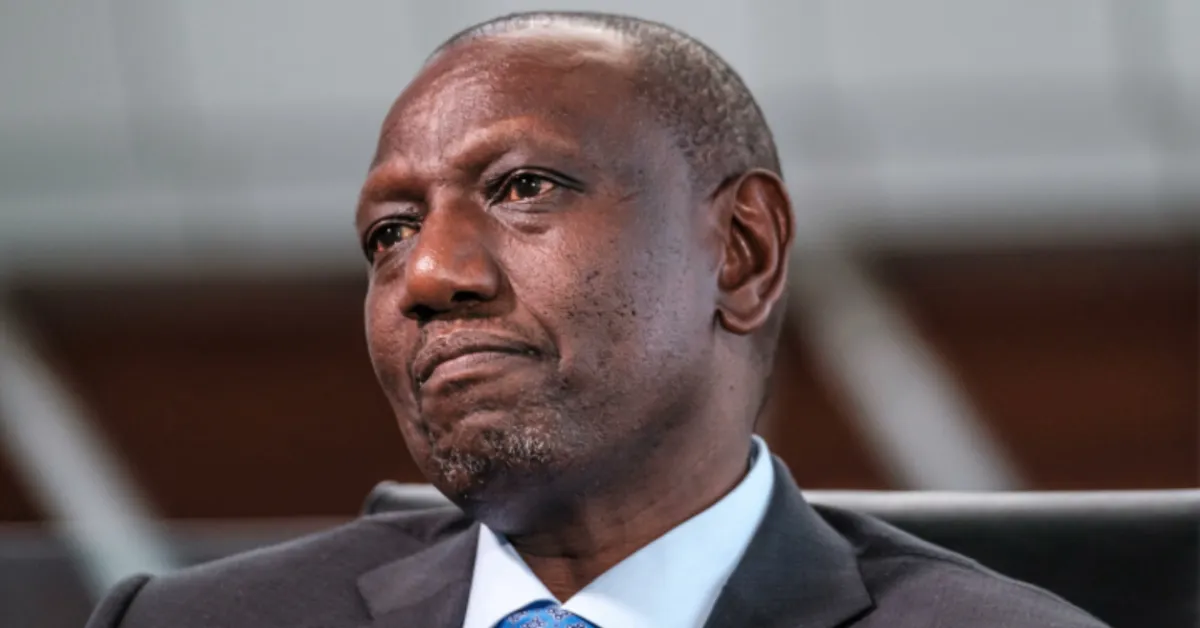
President William Ruto's administration is at a critical juncture as it enters the midpoint of its first term, grappling with heightened public scrutiny over its economic policies and their impact on Kenyan citizens.
Elected in August 2022 on a platform promising economic transformation through a "Bottom-Up" approach, Ruto's government faces growing discontent fueled by aggressive taxation measures and the rising cost of living. The immediate challenge for Ruto's administration is managing the widespread public unease that culminated in significant nationwide protests against the Finance Bill, 2024.
These demonstrations, largely driven by young Kenyans, forced President Ruto to withdraw the bill, marking a notable political setback and underscoring the depth of public frustration. Ruto, who campaigned on a populist "hustler vs dynasty" narrative, positioned himself as the champion of Kenya's struggling majority, vowing to create jobs and uplift low-income earners. However, critics argue that his administration has fallen short of expectations in addressing the economic hardships faced by ordinary citizens.
Even within the ruling Kenya Kwanza coalition, fissures have emerged, with some former allies turning into vocal critics, accusing the President of economic mismanagement through punitive tax policies. This internal dissent, coupled with unflattering nicknames such as "Zakayo," "Kasongo," and "El Chapo" that reflect public frustration over his administration's revenue collection strategies, highlights the challenges Ruto faces in maintaining political unity and public support.
Affordable Housing Initiative Stalls Amid Funding Challenges
One of President Ruto's signature promises was the Affordable Housing Program, aimed at revolutionising Kenya's housing sector by significantly increasing the supply of affordable homes. The initial target was to construct 250,000 units annually, later revised to 200,000 upon assuming office. To finance the initiative, the government introduced a 1.5% Housing Levy, deducted from employees' salaries and matched by employers.
Despite Deputy Chief of Staff Eliud Owalo reporting that 148,165 units are currently under construction, the program is significantly behind schedule. Based on the revised annual target, the government should have delivered at least 500,000 units by April 2025. However, during the Madaraka Day celebrations, President Ruto announced that only 11,000 units have been completed, highlighting the gap between ambition and reality.
Housing and Urban Development Principal Secretary Charles Hinga maintains that the program has generated over 250,000 direct and indirect jobs, particularly benefiting small-scale artisans and businesses. However, the Kenya National Bureau of Statistics' 2025 Economic Survey indicates a different trend, showing a 0.7% contraction in the construction sector last year, suggesting reduced momentum in both public and private developments.
Hustler Fund Faces Sustainability Concerns
President Ruto's campaign also heavily emphasised empowering small businesses through accessible financing. The Hustler Fund, launched in November 2022, was designed to provide affordable credit to micro, small, and medium enterprises (MSMEs), with an annual allocation of KSh50 billion.
However, the fund has struggled with sustainability. In its first year, it received KSh12 billion, but subsequent allocations dwindled to KSh800 million in 2024 and KSh1 billion in the upcoming financial year, far below the requested KSh5 billion. Additionally, the fund has been plagued by non-repayment issues, prompting the government to consider writing off KSh6 billion in bad loans borrowed by 10 million Kenyans.
Despite these challenges, government data indicates that the fund has supported over 25 million borrowers, with total disbursements reaching KSh70 billion. Owalo further states that 872,672 groups have benefited, receiving KSh196 million collectively. Nevertheless, the long-term viability of the Hustler Fund remains uncertain due to dwindling allocations and repayment challenges.
Agriculture Sector Faces Scrutiny Amid Fertiliser Subsidy Controversy
Agriculture, a key sector of Kenya's economy, was another area where President Ruto pledged significant reforms. His administration aimed to transform two million farmers from subsistence to surplus producers through subsidised inputs and extension services. The government has implemented a fertiliser subsidy program, registering 53.6 million farmers and reducing the price of a 50kg bag from KSh7,500 in 2022 to KSh2,500. President Ruto claims this has boosted food production by 50%, improving farmer incomes and stabilising the agricultural sector.
However, the program has been mired in controversy. Former Deputy President Rigathi Gachagua alleged that some of the subsidised fertiliser was actually a donation from Russia, which was repackaged and sold to farmers, a claim echoed by opposition leader Raila Odinga. These allegations have cast a shadow over the initiative, raising concerns about transparency and accountability.
Despite the controversy, President Ruto points to positive trends in key agricultural sectors. He claims that milk prices have risen from KSh35 to KSh50 per litre, coffee earnings have surged from KSh65 to KSh150 per kilo, and tea revenues have jumped from KSh138 billion in 2022 to KSh215 billion in 2024. Sugar production, he says, has also increased from 490,000 tonnes in 2023 to 815,000 tonnes in 2024.
Public Sentiment
While President Ruto continues to portray an optimistic outlook for Kenya's economic trajectory, public sentiment reflects growing discontent. The tax burden on salaried Kenyans has increased significantly, with new levies such as the 2.7% Social Health Insurance Fund (SHIF) and enhanced National Social Security Fund (NSSF) deductions further straining household incomes.
With two and a half years remaining in his term, President Ruto faces a critical test. His administration must navigate economic challenges, restore public confidence, and deliver tangible results on his promises. The success of his Bottom-Up economic model hinges on striking a balance between revenue generation and easing the financial burden on ordinary Kenyans.

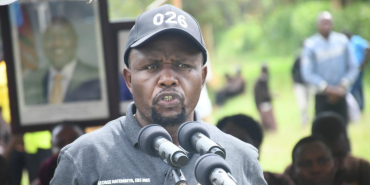

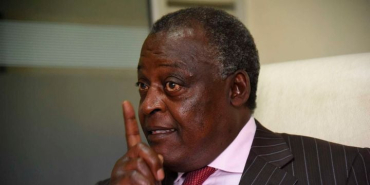

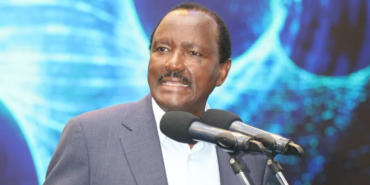

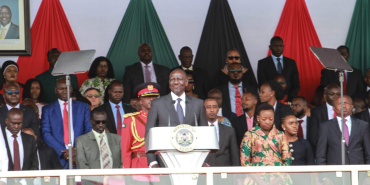






Add new comment